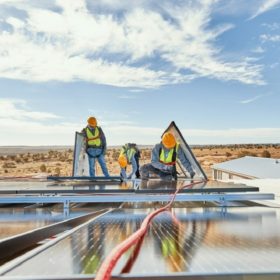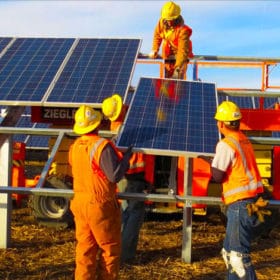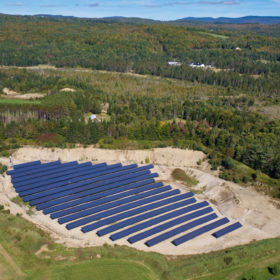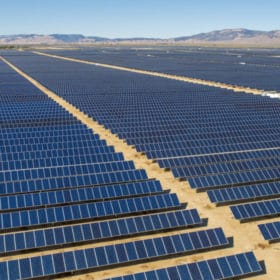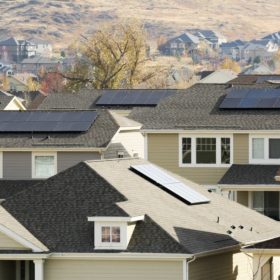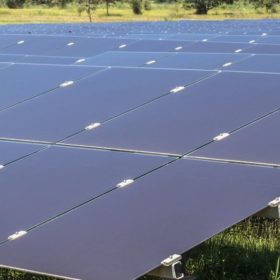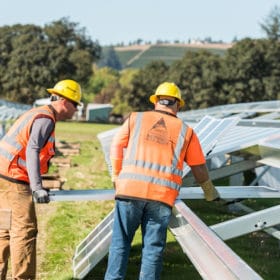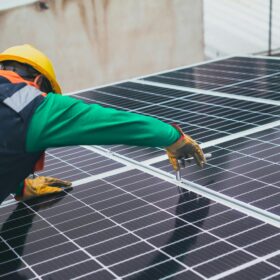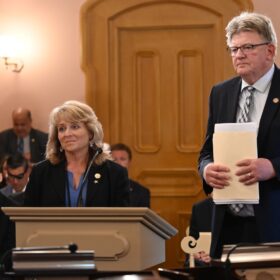SEIA and environmental groups comment on proposed changes to Community Reinvestment Act
In May federal banking regulators proposed sweeping changes, which include shoring up the underserved against climate disasters, but SEIA and environmental groups asked them to go further in financing renewables to benefit LMI communities.
Sunrise brief: Solar deployment to increase fivefold under Inflation Reduction Act
Also on the rise: DOE offers $26 million to demonstrate that grid can run on clean energy. World’s largest underground hydrogen storage project. And more.
Princeton: Solar deployment to increase fivefold under Inflation Reduction Act
US utility-scale solar may deploy at five times the 2020 rate of 10 GW, reaching 49 GW annually by 2024, said Princeton in an analysis of the potential impact of the bill.
Battery storage operation under net billing provides “virtually no grid value”: Berkeley Lab study
Net billing for rooftop solar, which incentivizes the use of battery storage to maximize solar self-consumption, is inefficient, researchers found, whereas incentivizing battery owners to discharge power during peak hours would provide greater value.
It’s time to fix our nation’s broken interconnection process
The good news is that we know what to do. Interconnection has been studied extensively by numerous industry groups and research organizations, which have arrived at some essential guiding principles for reform.
Sunrise brief: Bloomberg analyst forecasts a 30% increase in global PV deployment this year, and double-digit growth through 2025.
Also on the rise: US 2021 solar panel shipments total $9.8 billion at $0.34/W. Nearly all smart inverter manufacturers will be delivering smart inverters within a year. And more.
Nearly all smart inverter manufacturers will be delivering smart inverters within a year
As several states will soon require smart inverters for new distributed resources, and more are considering such a requirement, nearly all manufacturers will be delivering smart inverters that meet a new industry standard by August 2023, finds an analysis by the Interstate Renewable Energy Council.
Sunrise brief: Inflation reduction act supports Made in the USA solar supply chain
Also on the rise: Massachusetts climate bill removes anti-competitive electric choice provision. Carolina utility chasing waterfalls, costing consumers billions. And more.
Clean energy manufacturing support in Inflation Reduction Act
This historic level of investment is key to achieving American manufacturing independence and clean energy security.
Lowered energy costs, climate measures in the Inflation Reduction Act
The reconciliation bill, which carries full Democratic support in the Senate, carries $370 billion in energy security and climate spending.

